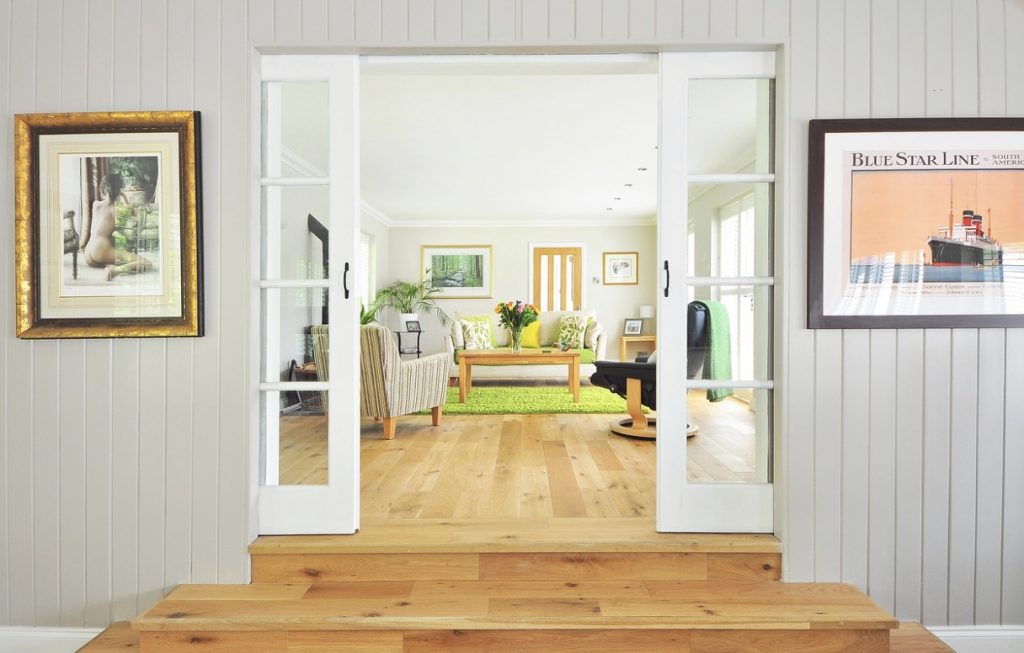As we strive towards creating a more inclusive society, it’s essential to consider accessibility when designing our homes. For many people with disabilities or mobility restrictions, everyday tasks can become challenging without the right accommodations in place. That’s where accessibility features come in – they make daily living easier and more comfortable for individuals with varying abilities.
However, choosing the right accessibility features for your home can be overwhelming, especially if you’re new to this concept. With so many options available on the market, it’s crucial to understand your specific needs and preferences before making any changes to your home.
In this blog post, we’ll discuss 6 factors to consider when choosing accessibility features for your home, so you can create a safe, comfortable, and inclusive living space for yourself or your loved ones. Let’s dive in.
Identify Your Needs
The first step in choosing the right accessibility features for your home is to identify your specific needs. This may include physical disabilities, chronic illnesses, or mobility restrictions that you or your loved ones have. It’s essential to carefully consider these needs and prioritize them accordingly when making changes to your home.
To identify your needs, take some time to reflect on daily activities that may be challenging due to a lack of accessibility in your home. You can also consult with a medical professional or occupational therapist for guidance and recommendations. By understanding your needs, you can focus on finding the most suitable accessibility features that will enhance your quality of life at home.
Assess Your Home
Once you have identified your needs, the next step is to assess your home’s current layout and features. This will help you determine which areas need improvement and what type of accessibility features would be most beneficial. Some common areas to consider are entryways, bathrooms, and bedrooms.
During the assessment process, it’s also crucial to think about potential future needs or changes that may arise as your abilities change over time. By assessing your home thoroughly, you can make more informed decisions when choosing accessibility features that will not only meet your current needs but also accommodate any potential changes in the future.
Research Available Products and Prices
After identifying your needs and assessing your home, it’s time to research the available accessibility products in the market. For instance, stair lifts prices South Africa vary depending on the brand, features, and installation requirements. It’s essential to research different options and compare prices to find the best fit for your budget and needs.
You can also consider reaching out to local disability organizations or support groups for recommendations and reviews on specific products. Additionally, reading online reviews from other homeowners who have installed accessibility features can provide valuable insights into the functionality, durability, and overall satisfaction of a product.
When selecting accessibility features for your home, consider not only physical adaptations but also communication aids. For individuals with speech or language difficulties, utilizing NDIS speech pathology services can be crucial. These services provide tailored support to improve communication skills, making it easier to interact and function within the home environment. Integrating such services ensures a comprehensive approach to accessibility.
Consider Budget and Financing Options
When choosing accessibility features for your home, it’s important to consider your budget and explore financing options if needed. While some features may be more expensive than others, there are often cheaper alternatives available that still meet your needs.
Researching financing options such as grants, loans, or tax credits specifically for accessibility modifications can also help make these changes more affordable. It’s important to not compromise on quality and safety when it comes to accessibility features, but finding a balance between your budget and needs is key.
Consult with a Professional
It’s always beneficial to consult with a professional when making any changes to your home. This is especially true when it comes to accessibility features, as they require proper installation and customization for optimal functionality.
Consider reaching out to an occupational therapist, certified aging in place specialist, or interior designer who specializes in accessible design. They can provide expert advice on the best features for your specific needs and assist with creating a plan that addresses both safety and aesthetics.
Not only can a professional help you make more informed decisions, but they can also save you time and effort by guiding you towards the most suitable accessibility options for your home.
Prioritize Safety and Comfort
Last but certainly not least, safety and comfort should be top priorities when choosing accessibility features for your home. It’s important to carefully review the product’s safety features and installation requirements to ensure they meet safety standards.
Additionally, considering factors such as ease of use, durability, and maintenance can also contribute to overall comfort in using the feature. Don’t hesitate to test out different products or ask for demonstrations before making a final decision.
Remember, the goal is to create a safe and comfortable living space for yourself or your loved ones. Prioritizing safety and comfort will not only enhance daily living but also provide peace of mind for everyone in the home.

By considering these 6 factors when choosing accessibility features for your home, you can make informed decisions that will improve the overall quality of life for individuals with varying abilities. Remember to also periodically review and update your accessibility features as needed to ensure they continue to meet your changing needs. Ensure to engage a professional to assist with the installation and customization process, and don’t compromise on safety and comfort.


0 Comments